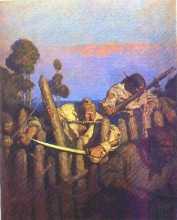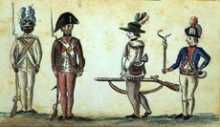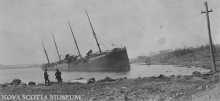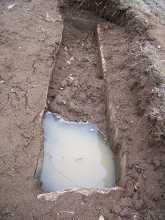No Matter How Many Years Pass, We’re Still the Same
A recently translated Mesopotamian tablet has the archaeological world abuzz. This 3500-year old tablet, translated from the Akkadian cuneiform script, does not speak of economic transactions, religious rites or the great deeds of kings as most ancient texts do, but instead is a collection of riddles and puzzles. While the presence of such an object is not unique, it is still very rare. Writing such as this provides a view of the more common person in ancient society and relates a bit about what concerned them in their lives.







